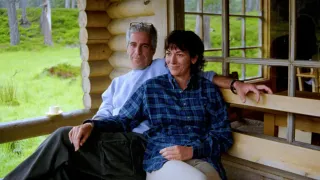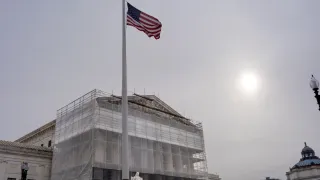August 8, 2019
Equinox Customers Threaten Boycott Over Trump Fundraiser
READ TIME: 1 MIN.
Customers are threatening to boycott the Equinox and SoulCycle fitness chains after reports that the chairman of their parent company will hold a fundraiser for President Donald Trump.
Representatives for the chains say, "Neither Equinox nor SoulCycle have anything to do with the event later this week and do not support it."
Billionaire real estate developer Stephen Ross also owns the Miami Dolphins.
The Washington Post first reported Tuesday on the fundraiser in New York on Friday. A Republican campaign official, speaking on condition of anonymity because the event had not been officially announced, confirmed it to The Associated Press on Wednesday.
Ross has issued a statement saying, "I always have been an active participant in the democratic process." Ross and Trump have been friends for 40 years.






